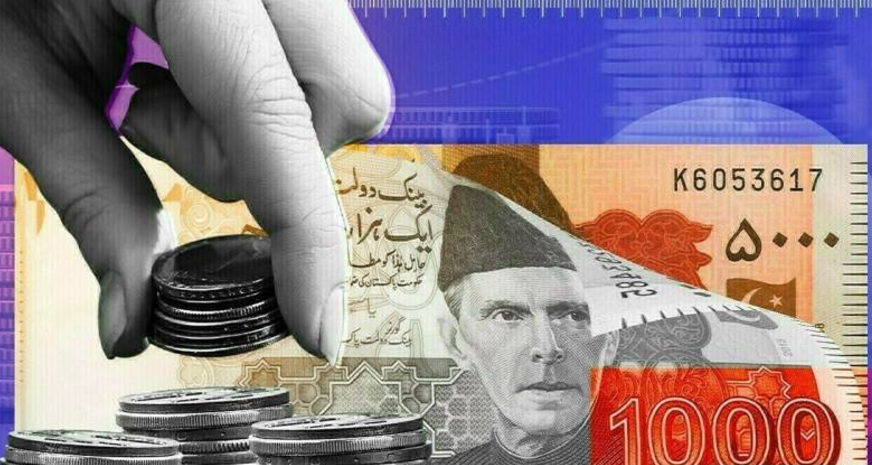The widespread adoption of digital payments in Pakistan has the potential to significantly transform the country’s economy, according to a report titled “Transforming Pakistan Payment’s Landscape” published by Karandaaz Pakistan. The report highlights that embracing digital payments could reduce the size of the informal and cash-based economy, enhance GDP by 7% by 2025, create 4 million jobs, and add $263 billion in deposits to the banking system.
The report also sheds light on the financial burden of maintaining a cash-based economy. In the fiscal year 2023-24, the State Bank of Pakistan (SBP) spent Rs. 31 billion on printing, logistics, and replacing damaged currency. Pakistan’s informal economy, estimated to be 64% larger than the formal economy, continues to dominate, limiting economic growth and creating inefficiencies.
The report notes that the size of Pakistan’s documented economy is $341 billion, but the informal sector’s dominance has led to a rise in Currency in Circulation (CiC). As of 2023, the CiC in Pakistan stands at PKR 9 trillion, with total bank deposits at PKR 30 trillion, resulting in a CiC-to-deposit ratio of 34%. This is significantly higher than regional peers such as India (17.8%) and Bangladesh (16.7%), reflecting liquidity challenges and the prevalence of cash-based systems.
The high level of cash outside banking channels limits the SBP’s ability to control inflation and manage economic stability. The report emphasizes that the informal economy’s reliance on cash restricts growth opportunities for businesses and the economy at large.
Pakistan’s National Financial Inclusion Strategy (NFIS), introduced in 2015, aimed to promote digital payments and financial inclusion. The strategy set a target of 65 million active digital accounts by 2023, including 20 million accounts held by women. However, this target remains unmet.
The introduction of RAAST, Pakistan’s National Payments System, marked a significant step forward. Before RAAST, Pakistan had just 1.3 digital transactions per person per year in 2019, compared to 16 in Indonesia, 21.3 in India, and 89.6 in Mexico. E-banking channels accounted for only 8% of transactions, and just 16% of government payments and receipts were digital. Additionally, 2.6 million remittance transactions, totaling Rs. 14.8 billion, were conducted in cash.
RAAST’s Person-to-Merchant (P2M) module, introduced for Pakistan’s wholesale and retail sector, is designed to address the limitations of existing digital payment methods. The sector, which accounts for 18% of GDP and 31% of the services sector, includes 3 to 5 million merchants across industries such as grocery, food, electronics, apparel, health, and education.
The P2M module offers a tailored solution to Pakistan’s economic and social context, aiming to increase digital payment adoption and reduce reliance on cash. The report highlights that RAAST’s implementation is a critical step toward modernizing Pakistan’s payment infrastructure and unlocking the country’s economic potential.
The report also compares Pakistan’s digital payment adoption with regional peers, noting that Pakistan lags significantly behind. For instance, in 2019, Pakistan’s digital transactions per person were far lower than those in India, Indonesia, and Mexico. This underscores the need for accelerated efforts to promote digital payments and financial inclusion.
The adoption of digital payments in Pakistan could be a game-changer for the economy, reducing inefficiencies, boosting GDP, and creating millions of jobs. However, achieving these goals will require sustained efforts to address the challenges of financial inclusion, expand digital infrastructure, and encourage businesses and individuals to transition from cash to digital transactions.










